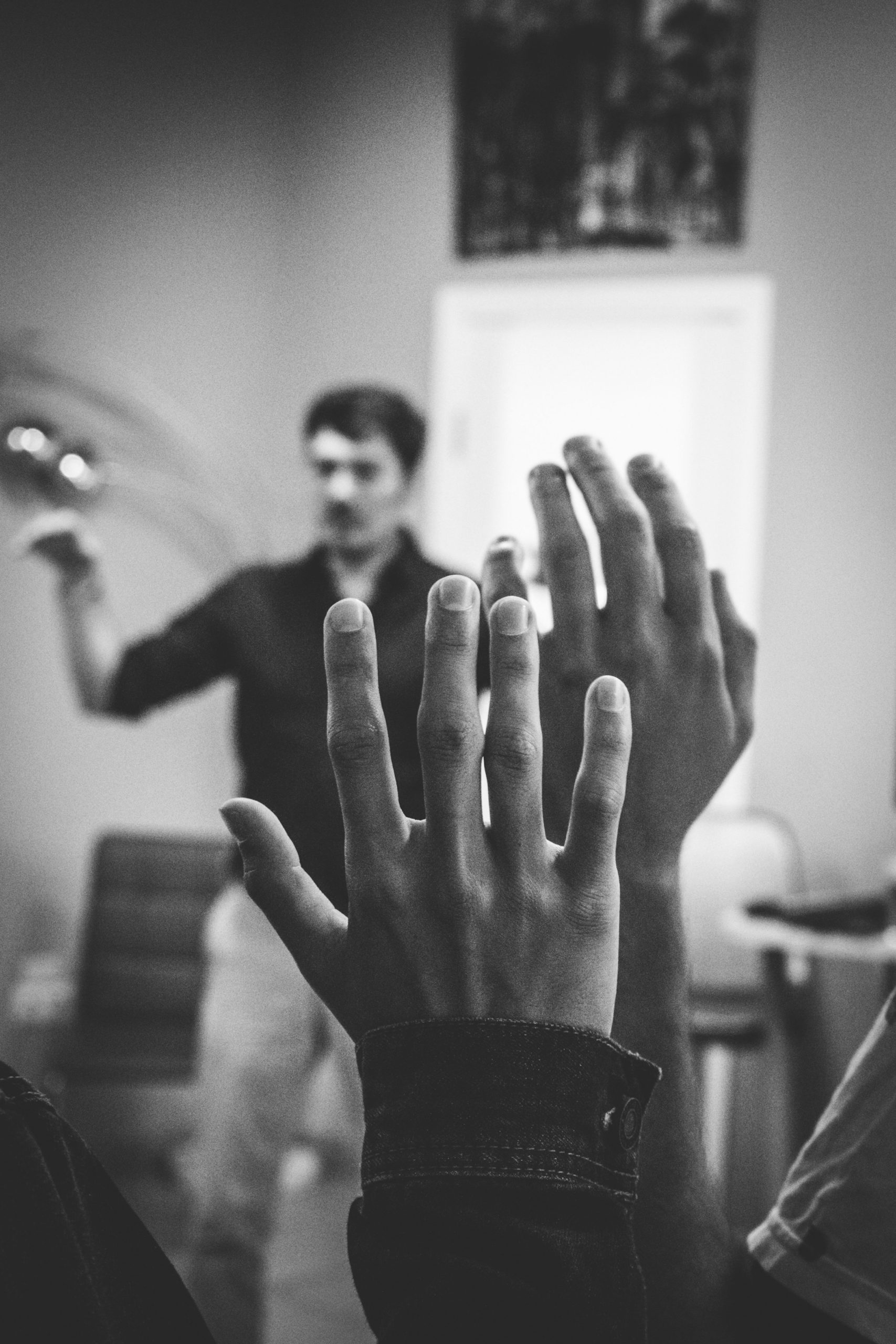Personal injury cases in Colorado can be complex and confusing, and compensation goes beyond just medical bills and lost wages.
One of the trickier parts of the whole compensation puzzle is figuring out pain and suffering damages. These aren’t the kind of damages you can quantify very easily. These damages cover the physical and emotional distress a victim experiences because of their injuries.
In this article, we’ll dive into what pain and suffering damages mean in Colorado personal injury cases, how you calculate them, and the factors influencing the final award.
Understanding Pain and Suffering Damages
Pain and suffering damages are a special kind of compensation that aims to address the non-financial losses a personal injury victim faces. Pain and suffering are more abstract than medical bills and lost earnings, with dollar signs attached.
Physical Pain
This covers the real physical hurt and agony the victim goes through because of their injuries. It’s not just the immediate pain; it stretches through the recovery period.
Emotional Distress
Personal injuries can pack an emotional wallop, leading to feelings like anxiety, depression, or even post-traumatic stress disorder (PTSD). All of these emotional struggles are part of the pain and suffering damage.
Loss of Enjoyment of Life
If the injuries throw a wrench into a person’s daily life, making it hard to do things they love or even their regular routines, that’s also taken into account.
Disfigurement or Scarring
Scarring or disfigurement caused by the injuries can add another layer to the pain and suffering damages.
Calculating Pain and Suffering Damages in Colorado
Colorado doesn’t have a one-size-fits-all formula for pain and suffering damages. Pain and suffering require a more subjective approach, unlike the more concrete economic damages. The courts and insurance companies look at a mix of factors when figuring out how much is fair.
How Bad Are the Injuries?
The severity of the injuries is a big piece of the puzzle. It’s simple: the worse the injuries, the higher the potential for pain and suffering damages. A broken bone might not lead to as much pain and suffering as a traumatic brain injury. The evidence here comes from medical records, expert opinions, and the victim’s own account of their pain.
How Long Is the Recovery?
The length of time it takes for someone to bounce back matters. A drawn-out or complicated recovery can lead to more substantial pain and suffering damages.
The Impact on Daily Life
Consider how the injuries shake up the victim’s daily life and ability to do regular stuff. If they lose a chunk of their independence or their quality of life takes a nosedive, it could mean a bigger pain and suffering award.
Emotional Toll
Emotional distress, like anxiety or depression, can significantly affect a person’s well-being. Proof of emotional distress, such as therapy records or expert testimony, can support a claim for pain and suffering damages.
Medical Records
Medical records and expert opinions are gold for showing how the injuries impacted the victim’s physical and emotional life. They provide a clear picture of the pain and suffering endured and expected.
Who’s to Blame?
Colorado follows a modified comparative fault system. This means that if the victim shares some blame for the accident, their compensation can be reduced. However, Colorado law doesn’t completely shut the door on pain and suffering damages if the victim is partially at fault. Instead, the award gets scaled down based on their degree of responsibility.
The Legal Angle
Having a legal expert in your corner can make all the difference regarding pain and suffering damages. An Aurora injury lawyer can build a compelling case, gather evidence, and negotiate with insurance companies to get you the best deal possible.
Pain & Suffering Damages Caps in Colorado
In Colorado, there aren’t any legal limits (caps) on pain and suffering damages in most personal injury cases. But there’s a catch: in medical malpractice claims, there’s a cap of $350,000 on non-economic damages, including pain and suffering. This cap gets adjusted yearly to keep up with inflation unless there are exceptional circumstances.
If you’re unsure of the specifics, you can contact your Aurora personal injury lawyer for help. They can give you the latest info on the regulations around injuries.
Get Legal Help From Bourassa Law Group
If you’re looking for support around injury law, an Aurora personal injury attorney can help you. Having a legal expert helps you protect your rights and interests.
Contact the Bourassa Law Group today to schedule a consultation with our dedicated Aurora injury lawyers. We can help you with the specifics and ensure you’re not being forced into dealing with something you are not obliged to.
Don’t face the legal journey alone—let us represent you in court. Reach out to us at (800)870-8910. Your peace of mind is our priority.





